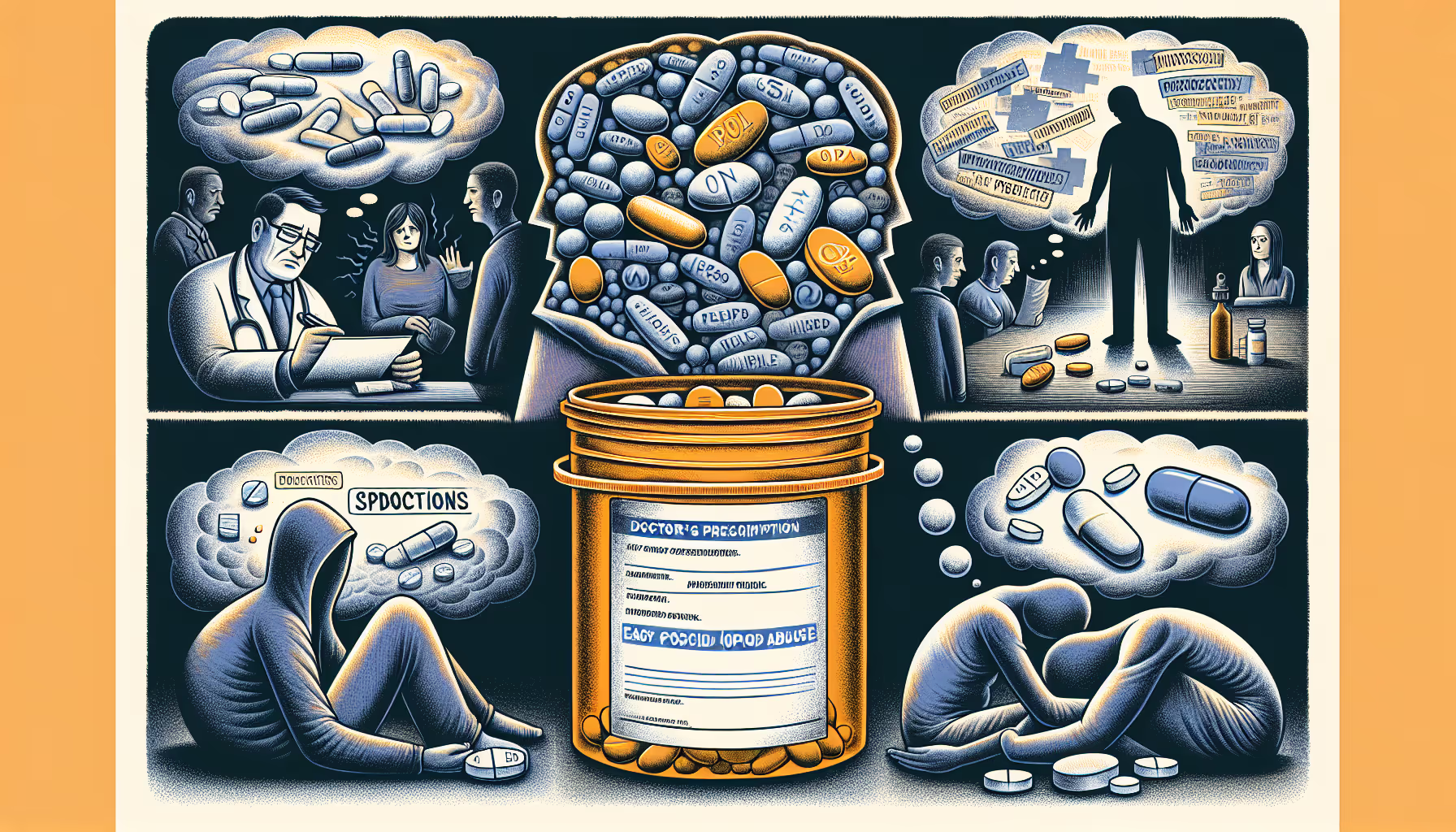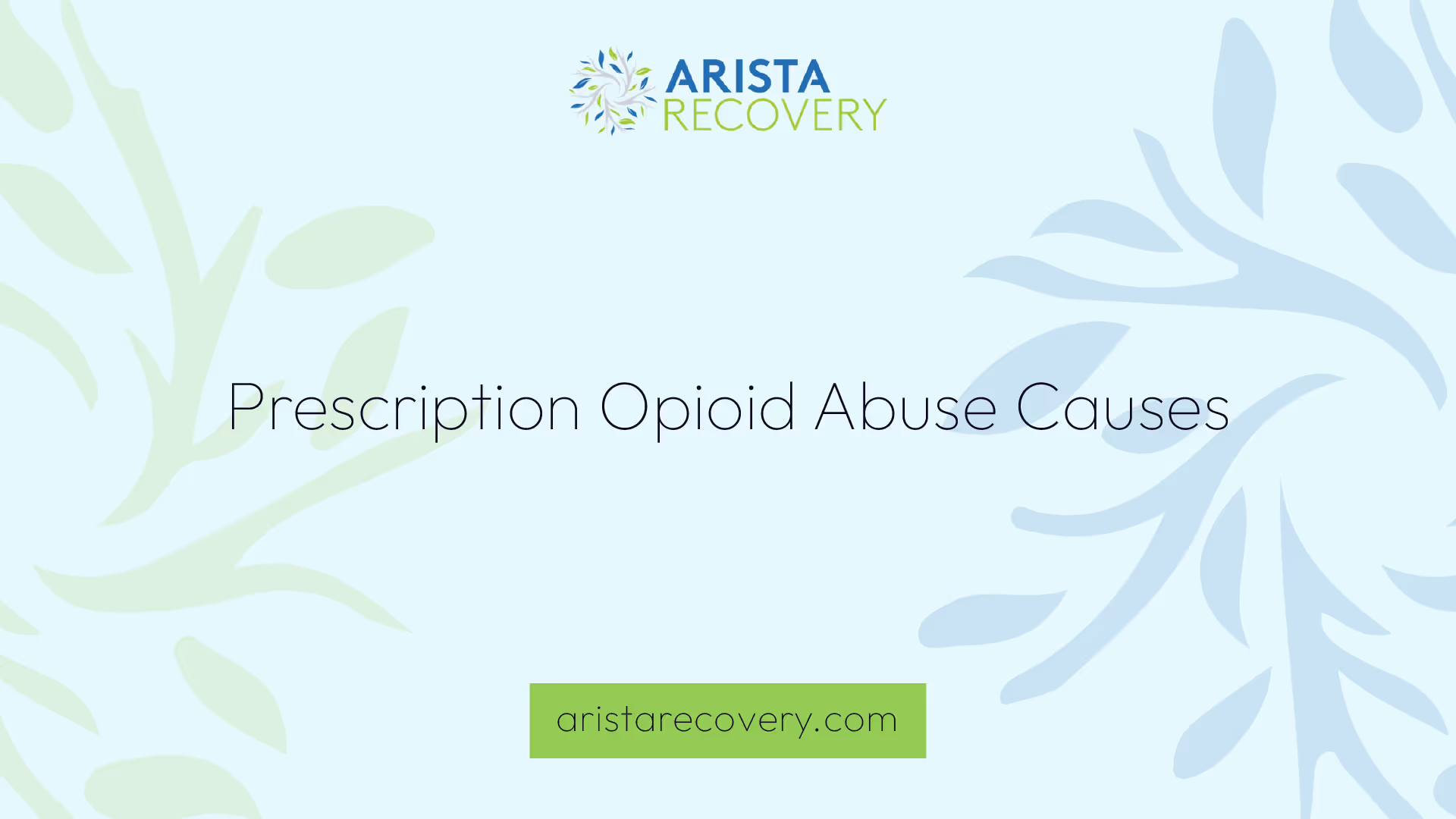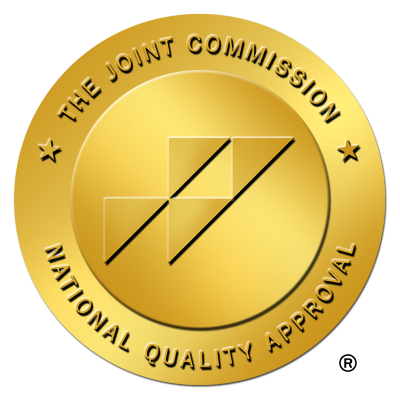Prescription Opioid Abuse Causes

Understanding Opioid Misuse
Prescription opioid misuse has increasingly turned into a significant public health concern. Recognizing the causes of prescription opioid abuse is crucial to implementing successful interventions and reducing its prevalence. This section explores the effects of opioids on the brain and identifies the risk factors for opioid misuse.

Opioid Effects on the Brain
Opioids are a class of drugs that include the illegal drug heroin, synthetic opioids such as fentanyl, and pain relievers available legally by prescription, such as oxycodone, hydrocodone, codeine, morphine, and many others. When consumed, opioids bind to and activate receptors on cells located in many areas of the brain, spinal cord, and other organs in the body, especially those involved in feelings of pain and pleasure. This action blocks pain signals sent from the brain to the body and triggers the release of large amounts of dopamine throughout the body.
The surge of dopamine results in a feeling of relaxation and a "high," which can lead to misuse of opioids for non-medical reasons. However, this can be dangerous as opioids can be highly addictive, and overdoses and death are common.
Risk Factors for Opioid Misuse
There are several factors that contribute to the risk of opioid misuse. These risk factors can be individual, environmental, or related to the practice of prescribing opioids.
According to a study by the NCBI, overprescribing opiates and opioids, lack of education and opportunity, and being unmarried or divorced were identified as contributing factors to dependence on opioids. Furthermore, the majority of persons with opioid addiction started with prescribed painkillers, even though heroin and illicitly manufactured fentanyl contribute to an increasing proportion of opioid-involved overdoses.
Understanding these risk factors is essential for preventing opioid misuse and addressing the ongoing opioid crisis. It allows for the development of targeted interventions and policies to mitigate the risk of opioid misuse and its associated consequences. Moreover, it informs the development of prescription practices that reduce the risk of opioid misuse while ensuring adequate pain management.
Consequences of Opioid Misuse
Misusing prescription opioids can lead to severe health and societal consequences. It's crucial to understand these effects to better comprehend the gravity of the prescription opioid abuse crisis.
Health Effects of Opioid Misuse
Opioids, while effective in managing pain, can make people feel very relaxed and "high," which is why they are sometimes used for non-medical reasons. This can be dangerous because opioids can be highly addictive, and overdoses and death are common.
The misuse of opioids can lead to a host of health complications, including:
- Dependence, where a person feels withdrawal symptoms when not taking the drug.
- Overdose incidents, which can cause severe respiratory depression and death.
- Increased risk of getting diseases like HIV and Hepatitis C via shared needles.
Moreover, a significant portion of individuals with opioid addiction started with prescribed painkillers, even though heroin and illicitly manufactured fentanyl contribute to an increasing proportion of opioid-involved overdoses [2].
Transition to Substance Use Disorder
Repeated misuse of prescription opioids can lead to a substance use disorder (SUD), a medical illness which ranges from mild to severe and from temporary to chronic. Addiction is the most severe form of an SUD.
Factors like overprescribing opiates and opioids, lack of education and opportunity, and being unmarried or divorced have been identified as contributing to dependence on opioids. In fact, the rates for opioid-related deaths are disproportionately large among those who are unmarried or divorced, with people who had never married accounting for 42.9% of all opioid overdose deaths [3].
Understanding these consequences of opioid misuse underlines the critical need for effective prevention and treatment strategies. Public health efforts should focus on reducing prescription opioid abuse and providing support and treatment for individuals struggling with this severe health issue.
Factors Contributing to the Opioid Crisis
Understanding the causes of prescription opioid abuse is critical when seeking solutions to the ongoing opioid crisis. This section will discuss two key factors: the overprescription of opioids and the societal impact of the opioid crisis.
Overprescription of Opioids
Overprescribing opioids has been identified as a major contributing factor to opioid dependence. This includes pharmaceutical companies, pharmacies, and doctors who significantly contributed to the epidemic by prescribing too many opioids [3].
In 1995, the FDA approved Purdue Pharma’s new drug application for extended-release (ER) oxycodone. This approval was based on only one adequate and well-controlled study, a 2-week clinical trial in osteoarthritis patients, despite the requirement for at least 2 randomized controlled trials demonstrating clear efficacy for a proposed indication. The label on ER oxycodone featured a broad indication, allowing Purdue to promote the drug's use for common conditions for which opioids are more likely to harm than help.
Furthermore, in 2002, the FDA convened an advisory committee meeting regarding opioid labels, where eight of the ten outside experts had financial ties to pharmaceutical companies, including Purdue. These experts advised the FDA against narrowing the indication on opioid labels, missing an opportunity to curb overprescribing early in the crisis.
Societal Impact of the Opioid Crisis
The societal impact of the opioid crisis is profound and wide-reaching. The crisis affects individuals, families, and communities, leading to increased healthcare costs, crime rates, and unemployment.
The overuse of opioids can lead to dependence and addiction, resulting in serious health consequences and even death. This crisis also places a significant burden on the healthcare system, with increased hospitalizations and emergency department visits linked to opioid misuse and overdose.
Moreover, the opioid crisis has significant economic implications. It can lead to lost productivity due to disability, unemployment, and premature death. The increased healthcare costs, combined with the loss of productivity, place a significant financial strain on the economy.
Overall, the opioid crisis represents a significant public health problem that requires a multifaceted approach to address. This includes efforts to reduce the overprescription of opioids, provide education on the risks associated with opioid use, and develop effective treatments for opioid addiction.
Opioid Litigation and Public Health
In the battle against the prescription opioid abuse crisis, litigation has emerged as a significant tool. Lawsuits against opioid manufacturers and distributors have increased in frequency and profile in recent years, with a significant impact on public health policies and strategies.
Impact of Opioid Lawsuits
Lawsuits against opioid manufacturers date back to the early 2000s, focusing on claims that opioid products were defectively designed, lacked safety mechanisms, and failed to provide adequate warnings about addiction risks [2]. These lawsuits have seen the emergence of suits brought by the federal government and various states, counties, and cities. These suits avoid blaming opioid consumers or prescribers and focus on strategies such as public nuisance claims, fraud claims, and highlighting companies' lax monitoring of suspicious opioid orders [2].
Settlement agreements resulting from these lawsuits can lead to significant changes in industry practices, including modifications to marketing and distribution practices. This can build public awareness about the risks of opioid misuse and prompt patients to ask more questions about their prescribed medications [2].
Role of Opioid Litigation in Public Health
Opioid litigation plays an essential role in public health strategy, even without companies admitting fault. Lawsuits can provide funds for opioid addiction treatment, law enforcement, and other support services for individuals struggling with addiction. They can also contribute to the distribution of the overdose-reversal drug naloxone [2].
This influx of resources can significantly improve the quality of care available to those struggling with opioid misuse, supporting recovery efforts and reducing the societal impact of the opioid crisis. Furthermore, the public attention these lawsuits receive can help increase awareness about the dangers of opioid misuse and foster a more informed and cautious approach to prescription opioid use.
In sum, while opioid litigation may not directly address the root causes of prescription opioid abuse, it serves as a valuable tool in the broader public health strategy, promoting accountability, raising awareness, and providing vital resources for combating the opioid crisis.
Opioid Use Among Youth
Youth opioid misuse is a significant part of the broader prescription opioid abuse causes, and it's crucial to understand the trends and risk factors associated with this demographic.
Adolescent Opioid Use Trends
Recent statistics reveal concerning trends in opioid use among adolescents and young adults. According to a study by Boston Children's Hospital, 21% of adolescents and 32% of young adults reported using prescription opioids in the past year. Notably, nearly 4% of adolescents and 8% of young adults reported misusing opioids.
A significant number of youth who reported misusing prescription opioids obtained them from friends or relatives (57%), while only a quarter obtained them directly from healthcare providers. This highlights the role of diversion in the escalation of youth opioid misuse.
Additionally, respondents who misused opioids, particularly young adults, often reported using other substances. These included cocaine (36%), hallucinogens (49%), heroin (9%), and inhalants (30%). At least half had used tobacco, alcohol, or cannabis in the past month.
Risk Factors for Youth Opioid Misuse
Teens and young adults are especially prone to addiction once exposed to opioids. The study's findings suggest that providers should strongly consider screening adolescents and young adults for opioid use during care to identify potential misuse early and intervene appropriately.
Moreover, the study found concerning rates of opioid prescribing to youth aged 13-22 in emergency departments and certain outpatient clinics. This highlights the need for prevention and treatment strategies that include friends and family members of adolescents and young adults, as they often serve as sources for these prescription drugs.
The data underscores the complex nature of the prescription opioid abuse causes among youth, emphasizing the need for comprehensive approaches to prevention, screening, and treatment that address the various risk factors and sources of opioids. It's clear that tackling this issue requires efforts at multiple levels, from healthcare providers to families and communities.
Socio-Cultural Factors in Opioid Use
Unpacking the complexity of prescription opioid abuse causes necessitates a look at various socio-cultural factors. Among these factors, perceived discrimination and the impact of mental health disorders stand out as significant contributors to the problem.
Influence of Perceived Discrimination
Perceived discrimination plays a significant role in the misuse of opioids. For instance, among Hispanics in Massachusetts, opioid-related overdose fatality (OROF) increased approximately by one hundred and twenty percent between 2014 and 2020. A lack of exploration into potential socio-cultural factors driving these deaths, including factors associated with prescription opioid use (POU) and persistent prescription opioid use (PPOU), among this subgroup, underlines the need for a more comprehensive approach to the issue.
Overprescribing opiates and opioids, lack of education and opportunity, and being unmarried or divorced have been identified as contributing factors to dependence on opioids. Furthermore, the rates for opioid-related deaths are disproportionately large among those who are unmarried or divorced, with people who had never married accounting for 42.9% of all opioid overdose deaths.
Impact of Mental Health Disorders on Opioid Use
Mental health disorders also play a significant role in the misuse of prescription opioids. Many individuals with mental health conditions may turn to prescription opioids as a means of self-medication, leading to misuse and, in many cases, dependence.
Moreover, individuals with lower household incomes are more likely to engage in prescription opioid use. The prevalence of prescription opioid use was found to be higher among participants with lower household income levels at baseline, 2-year, and 6-year follow-up [5].
This correlation indicates that socio-economic status may also play a significant role in prescription opioid misuse. The stress and challenges associated with lower socio-economic status may contribute to increased mental health issues, which in turn can lead to increased opioid misuse.
Understanding these socio-cultural factors is critical in developing effective strategies to combat the opioid crisis. It allows for a more nuanced approach that goes beyond simply addressing the physical aspects of opioid dependence and misuse, to tackling the root causes of the problem.
References
[1]: https://nida.nih.gov/publications/drugfacts/prescription-opioids
[2]: https://www.ncbi.nlm.nih.gov/pmc/articles/PMC7479783/
[3]: https://www.ncbi.nlm.nih.gov/pmc/articles/PMC10410480/
[4]: https://journalofethics.ama-assn.org/article/how-fda-failures-contributed-opioid-crisis/2020-08
[5]: https://www.ncbi.nlm.nih.gov/pmc/articles/PMC10443880/


